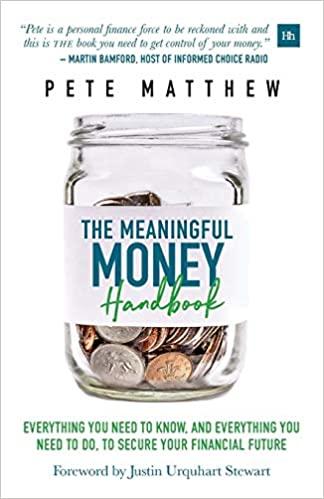$60,000 $100,000 $5,000 $10,000 Cost of equipment needed Working capital needed Overhaul of equipment in four years Salvage value of the equipment in five years Annual revenues and costs: Sales revenues Cost of goods sold Out-of-pocket operating costs Discount rate $200,000 $125,000 $35,000 14% Enter a formula into each of the cells marked with a ? below See Exhibit 13-8 Years Now Purchase of equipment $ (60,000) Investment in working capital $ (100,000) Sales $ 200,000 $ 200,000 $ 200,000 $ 200,000 $ 200,000 Cost of goods sold $ (125,000) S (125,000) $ (125,000) $ (125,000) $ (125,000) Out-of-pocket operating costs $ (35,000) $ (35,000) $ (35,000) $ (35,000) $ (35,000) Overhaul of equipment $ 10,000 Salvage value of the equipment $ 10,000 Working capital released $ 100,000 Total cash flows (a) $ (160.000) $ 40,000 $ 40,000 $ 40,000 $ 50,000 $ 150,000 Discount factor (14%) (b) 1.000 0.877 0.769 0.675 0.592 0.519 Present value of cash flows (a) x (b) $ (160,000 350877193 $ 30,779 $ 26,999 $ 26,999 $ 29,604 Net present value $ (10.532) Required: 1. Check your worksheet by changing the discount rate to 10%. The net present value should now be between $56,495 and $56,518-depending on the precision of the calculations. If you do not get an answer in this range, find the errors in your worksheet and correct them. Explain why the net present value has increased as a result of reducing the discount rate from 14% to 10%. 2. The company is considering another project involving the purchase of new equipment. Change the data area of your worksheet to match the following: Data Example E Cost of equipment needed Working capital needed Overhaul of equipment in four years Salvage value of the equipment in five years Annual revenues and costs. Sales revenues Cost of goods sold Out-of-pocket operating costs Discount rate $ 120,000 $80,000 $40,000 $20,000 $255,000 $ 160,000 $50,000 14% a. What is the net present value of the project? b. Experiment with changing the discount rate in one percent increments (e.g., 13%, 12%, 15%, etc.). At what interest rate does the net present value turn from negative to positive








